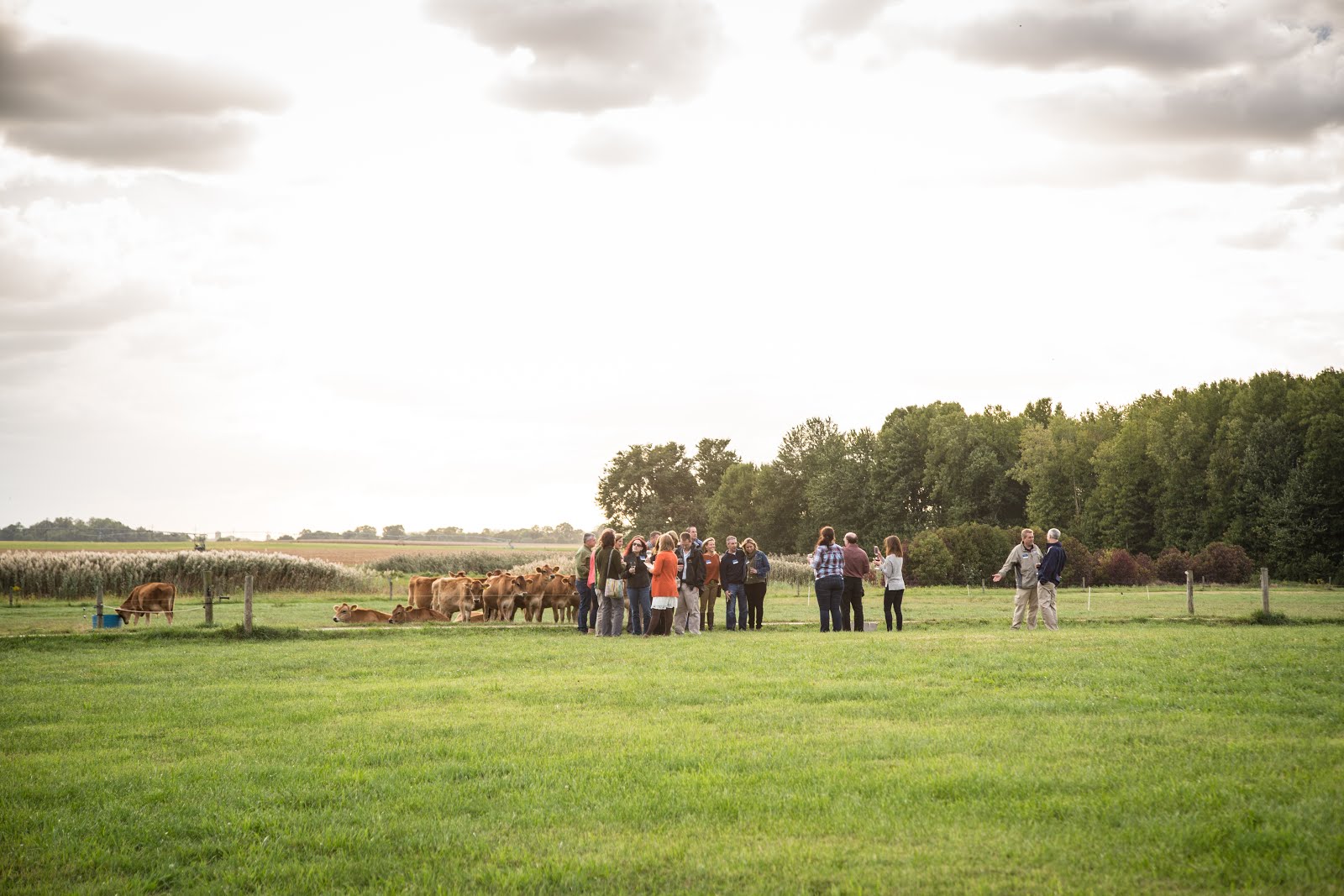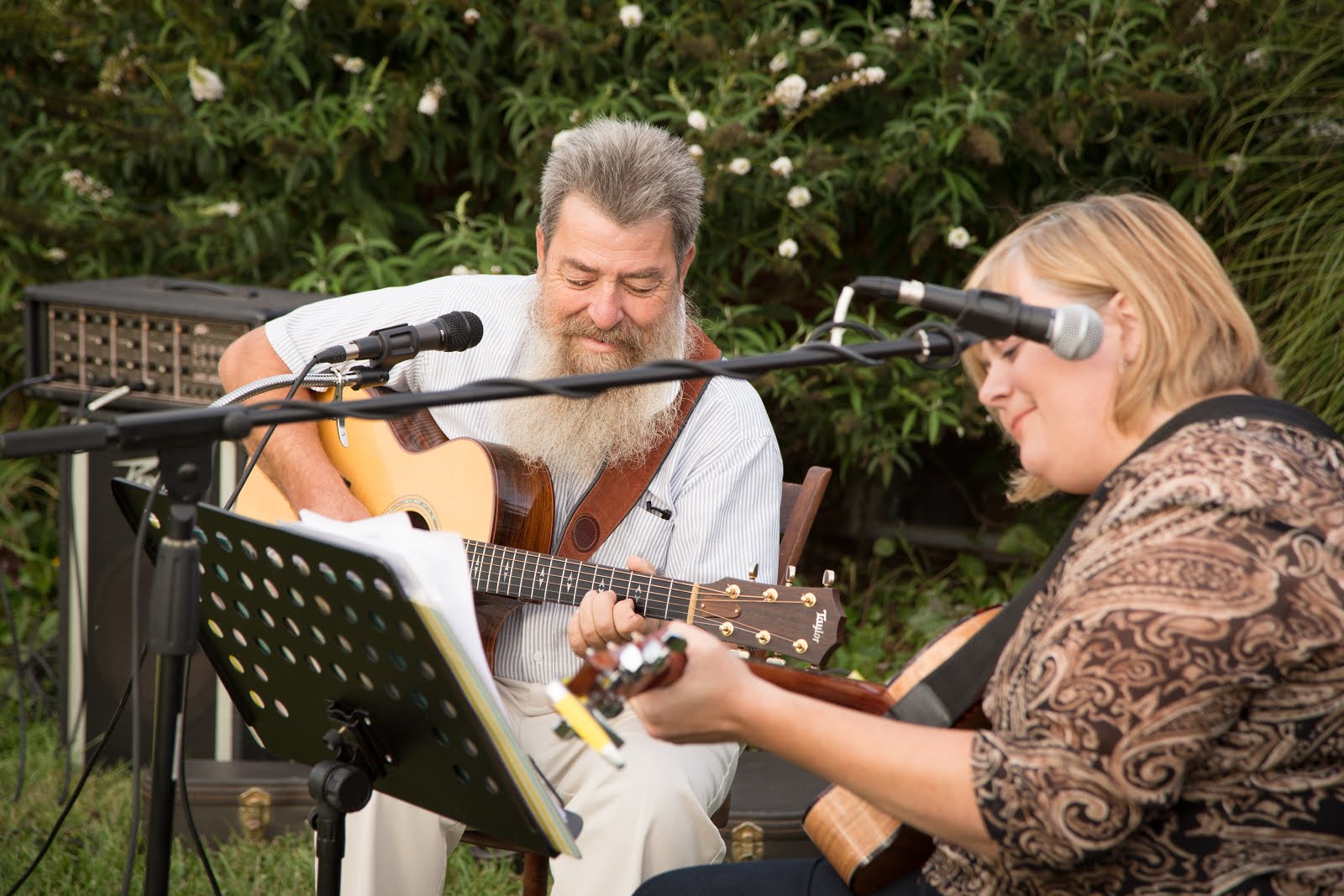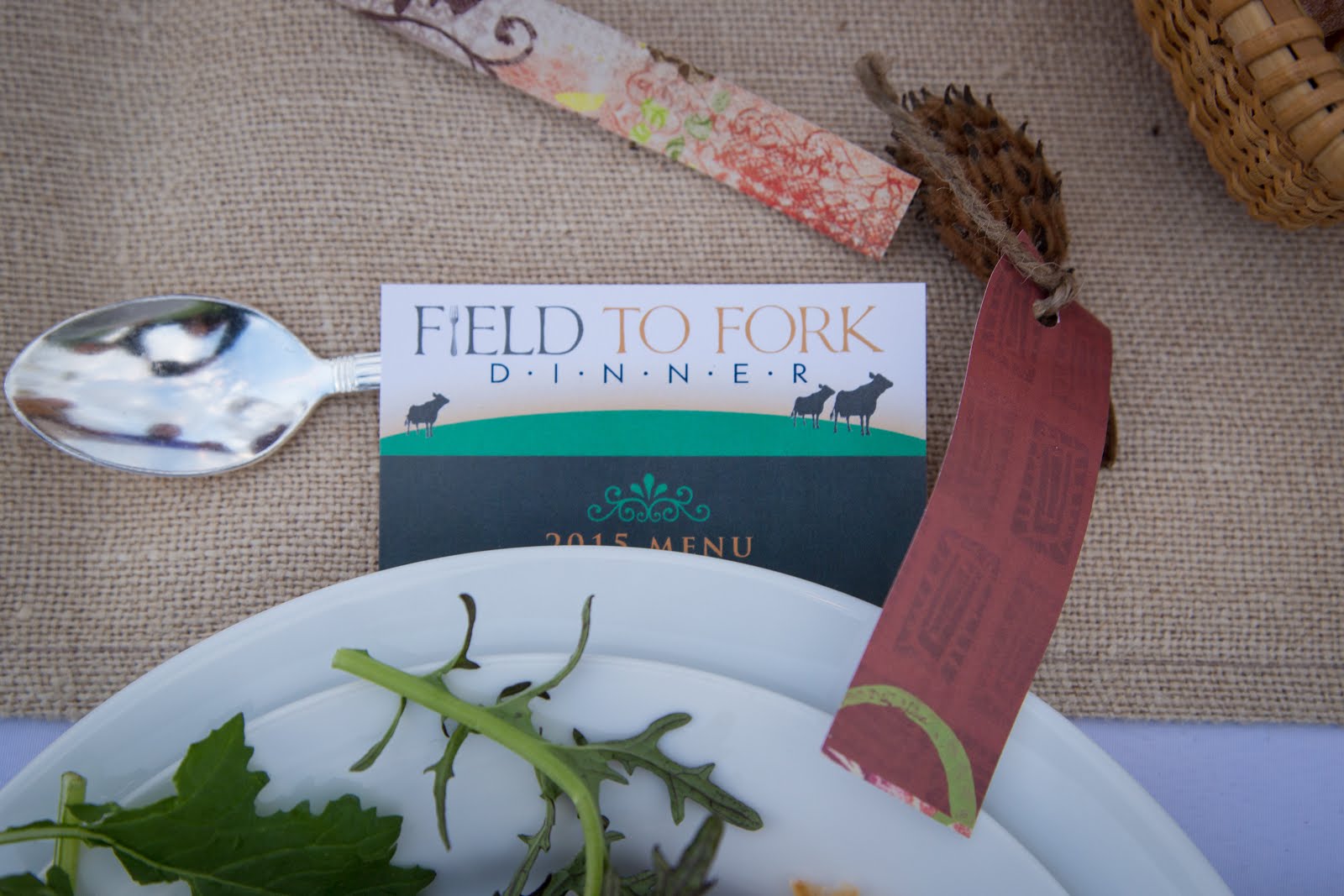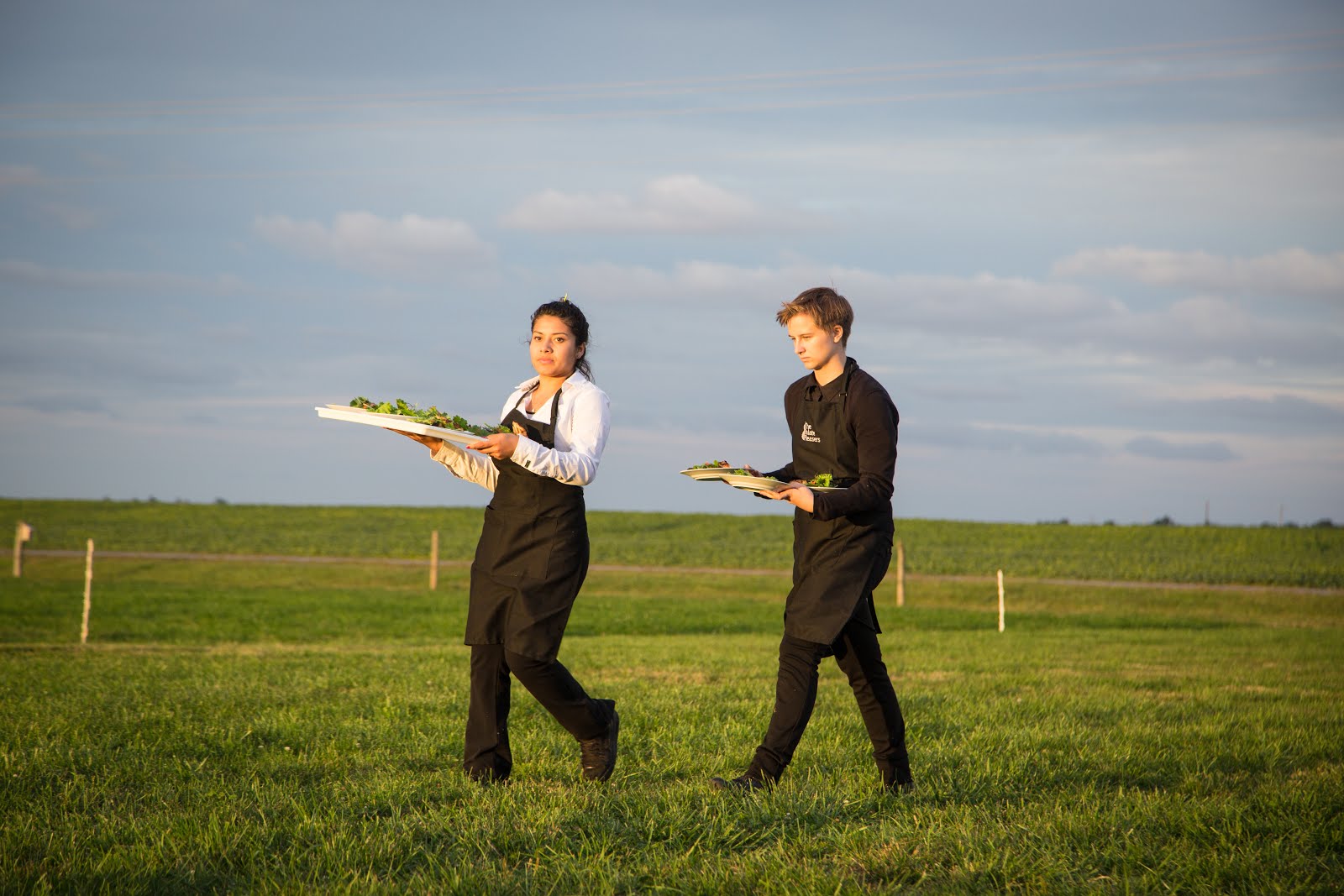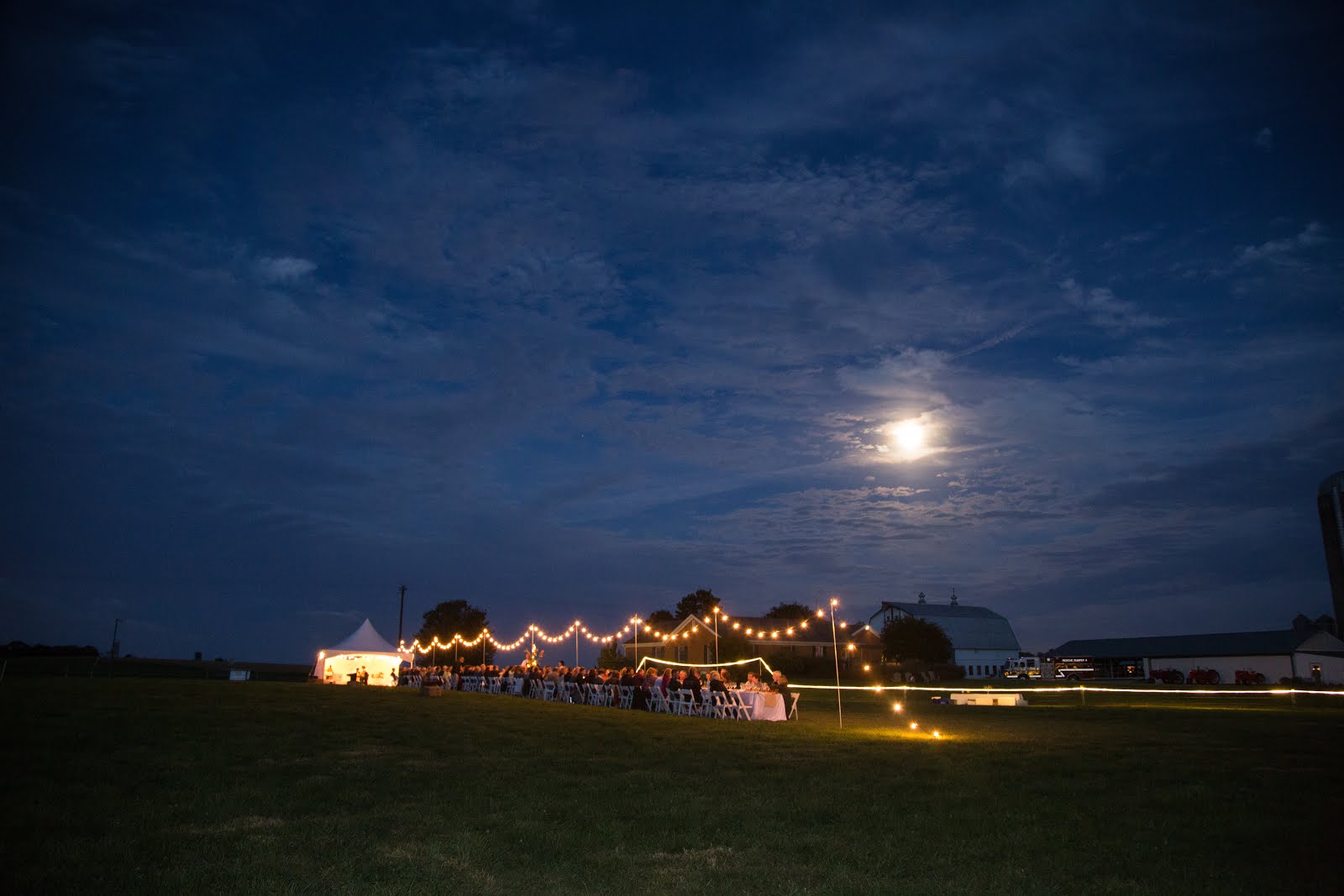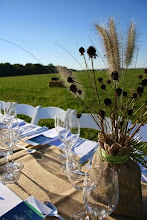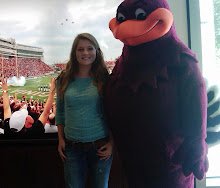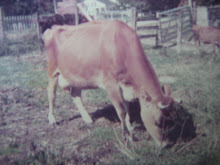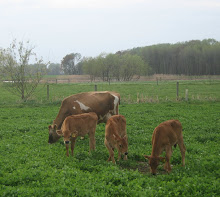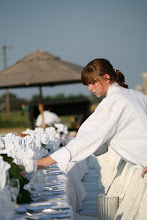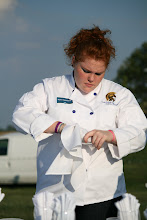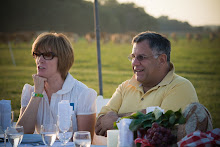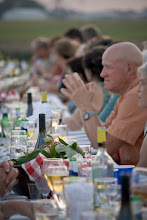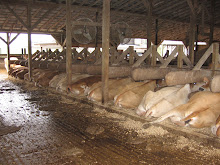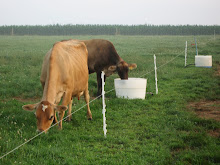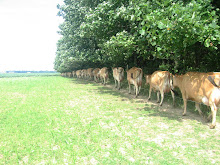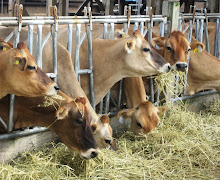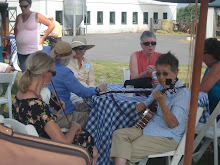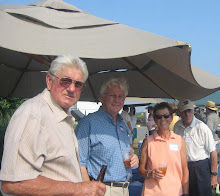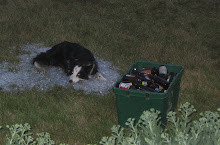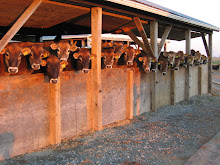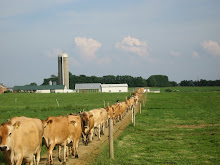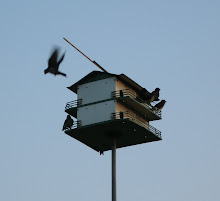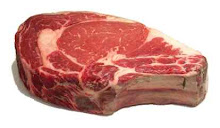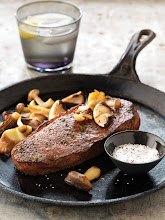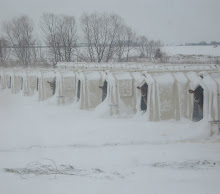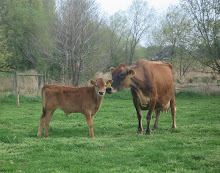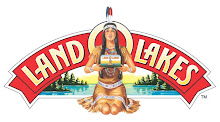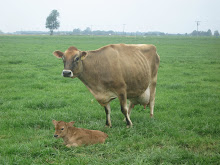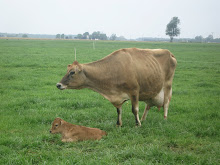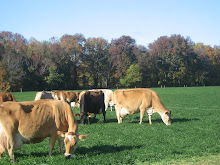
For most people, snow and cold weather are minor inconveniences – delayed openings, longer commutes, finding the hats and gloves. But for farmers, especially those of us with livestock, snow and cold mean more work and worry.
This past week we had about 8 inches of wet, heavy snow which covered the barnyard, farm drive and pastures. It took three hours to scrape and pile the barnyard snow so it wouldn’t refreeze into craters the size of cow hooves and make walking difficult for the cows. Then we spent another 45 minutes pulling snow off the roof over the feed bunk. This roof does not have perfect pitch so we worry the weight of the snow could cause the headers to crack and crash. Several years ago, the roof over the nursery pen crashed and we were within four minutes of losing 13 calves and Bob who was moving them to safety. We don’t want to hear that sound again.
This past week we had about 8 inches of wet, heavy snow which covered the barnyard, farm drive and pastures. It took three hours to scrape and pile the barnyard snow so it wouldn’t refreeze into craters the size of cow hooves and make walking difficult for the cows. Then we spent another 45 minutes pulling snow off the roof over the feed bunk. This roof does not have perfect pitch so we worry the weight of the snow could cause the headers to crack and crash. Several years ago, the roof over the nursery pen crashed and we were within four minutes of losing 13 calves and Bob who was moving them to safety. We don’t want to hear that sound again.
When the thermometer hovers around 10 degrees and there is wind, manure will freeze in place. That means any bit of manure in the scrap pit or on the spreader will cause jams. Ears on new born calves as well as teats of the new moms are at risk of frost bite. We have had first calf heifers get frost bite in a matter of minutes when the conditions are right. It takes three long months for the teats to heal. Any water (and dairy farmers use a lot of water) will turn to ice so barnyards must be sanded by hand, hoses unhooked and thawed, doors barricaded with straw to keep the pressure pump in the dairy from freezing. Two inch thick ice forms on cow waterers that aren't heated.
But once the lanes are cleared for service trucks and a path is made to the calf hutches, we do take a moment to appreciate the winter wonderland and take some small satisfaction in the work it took to make those big piles of snow.
And after all our consideration for cold weather we know it is quite balmy compared to that of our dairy farmer friends, John & Johanna Laggis, in the North Country of Vermont, where temperatures plummeted to minus 35 degrees last week. Can you imagine, they had two calves born that night!




